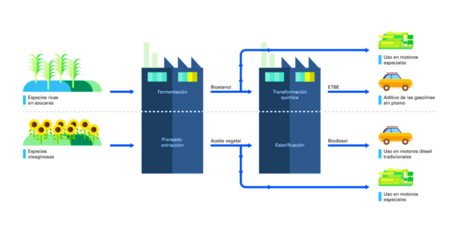
Full Time Professor
Bioengineering and Chemical Engineering Department
Antibodies are defensive proteins that bind to foreign agents to be eliminated by the immune system. However, nature provides us with nanobodies, which are protein domains derived from single-chain antibodies produced by camelids, such as camels, llamas, and alpacas. Interestingly, they are also produced by sharks. Nanobodies are smaller and have a lower molecular weight than antibodies (15KDa vs 150KDa). To produce nanobodies, the camelid is immunized with the target antigen, then blood samples are collected and single-chain antibodies are extracted. The functional domains are separated through protein digestion with papain, which is an enzyme extracted from papaya. These domains fully retain antigen recognition function even after being separated from the other domains. Nanobodies can enter small molecular cavities and inside cells, places that antibodies cannot access due to their size, they also have low immunogenicity, that is, they produce a low immune reaction. However, the nanobodies are rapidly eliminated by the kidneys. Another advantage of nanobodies over antibodies is that they can be easily produced in expression systems such as E.coli and S. Cerevisae. They also present greater solubility, stability, half-lives in vivo.
Within applications, nanobodies can be used as visualization agents when bound to fluorophores, neutralizers of pathogens, and as modulators of intracellular pathways. Due to excellent tumor penetrating abilities and the ability to recognize unique antigens, nanobodies are promising candidates for treating cancer. Nanobodies can also be designed to bind to specific receptors on tumor cells. The goal would be to trigger programmed cell death through the activation of proteins such as caspase-3 and caspase-8.

In 2018, there was a historic success in the application of nanobodies, when the European Union approved caplacizumab for the treatment of acquired thrombotic thrombocytopenic purpura, a rare blood coagulation disorder. Caplacizumab is made up of two identical nanobodies that are connected by three alanines. As we can see, camelids such as alpacas not only provide us with wool but can also be used as “walking factories” for nanobodies.
References
Jin B-k, Odongo S, Radwanska M, Magez S. “Nanobodies: A Review of Generation, Diagnostics and Therapeutics”. International Journal of Molecular Sciences. 2023; 24(6):5994. https://doi.org/10.3390/ijms24065994
Srinivasan L. et al. “Development of high-affinity nanobodies specific for NaV1.4 and NaV1.5 voltage-gated sodium channel isoforms”. J Biol Chem. 2022 Apr;298(4):101763. doi: 10.1016/j.jbc.2022.101763. Epub 2022 Feb 21. PMID: 35202650; PMCID: PMC8935509Sun S. “Nanobody: A Small Antibody with Big Implications for Tumor Therapeutic Strategy”. Int J Nanomedicine. 2021 Mar 22;16:2337-2356. doi: 10.2147/IJN.S297631. PMID: 33790553; PMCID: PMC7997558.




